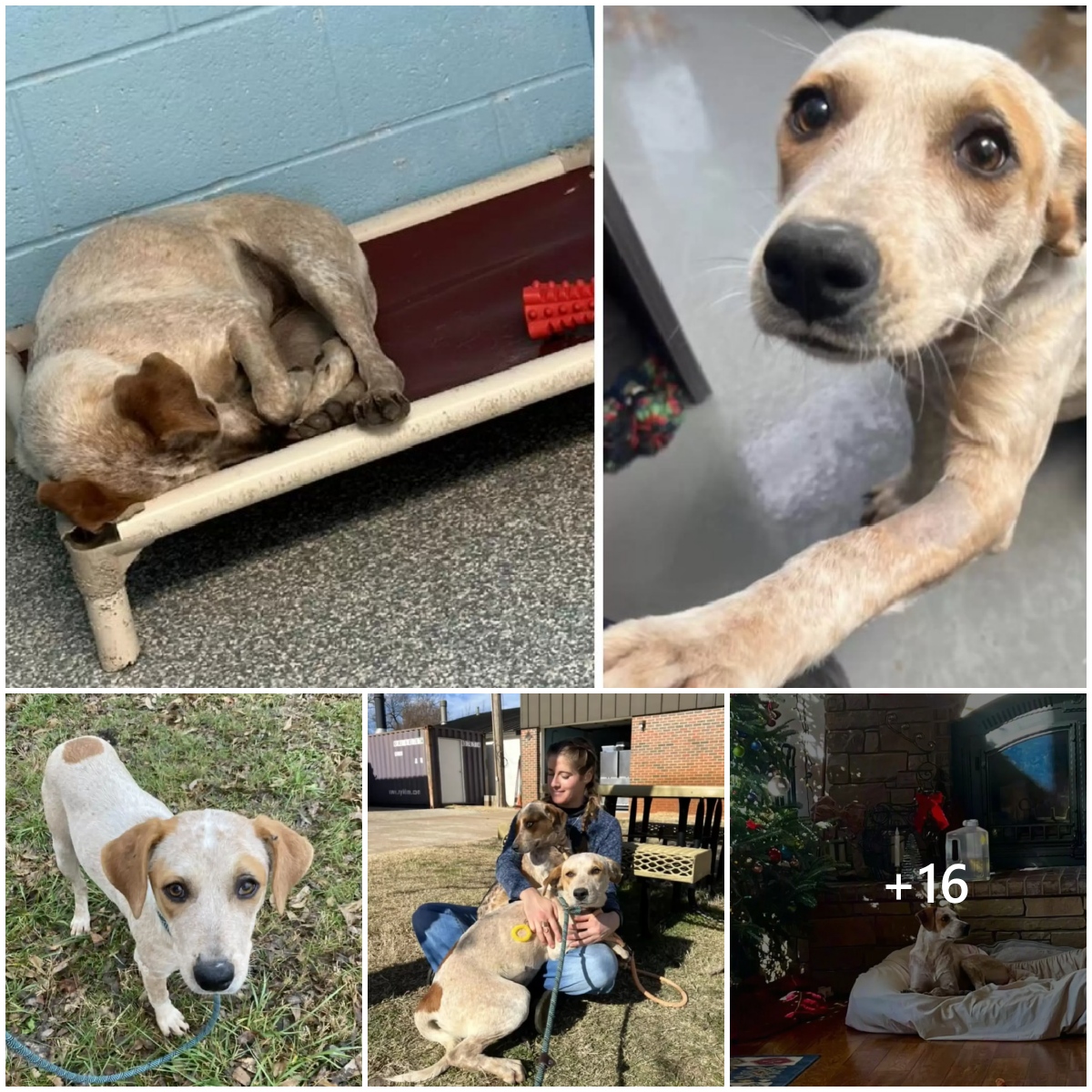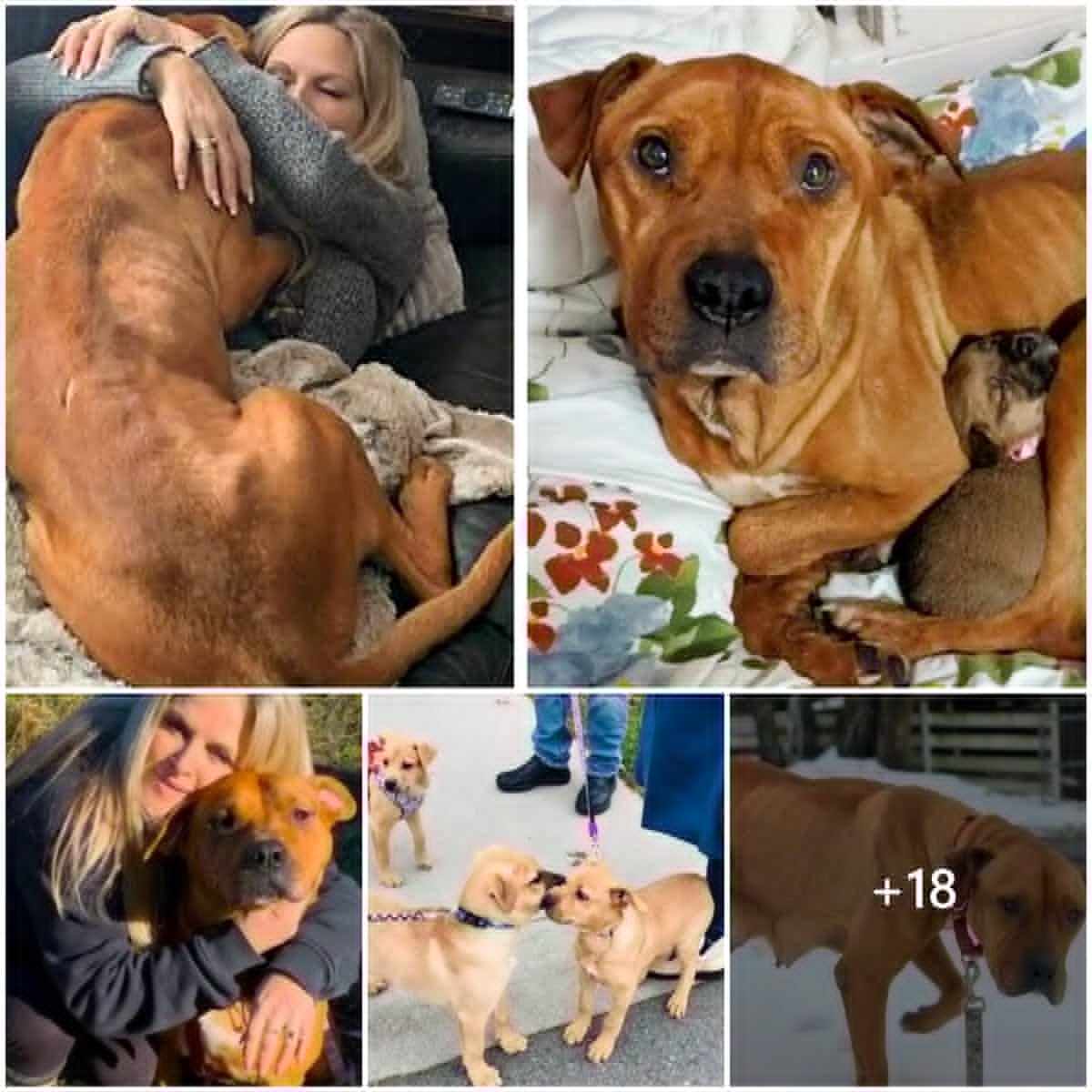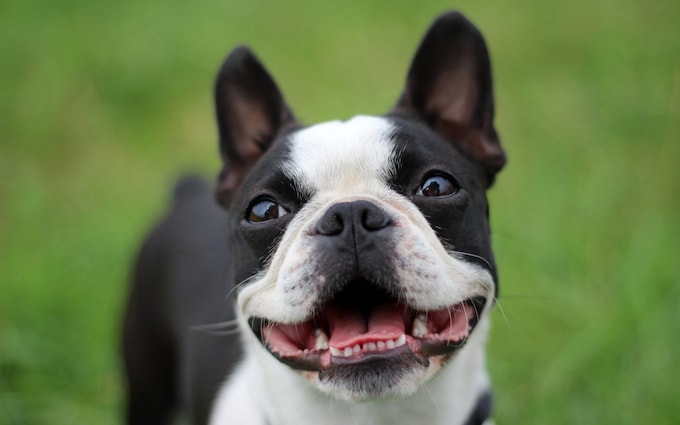Introducing New on Earth: Baby Animals in the Wild
For the past twenty years, Suzi Eszterhas has devoted her life and work as a wildlife photographer to documenting the home lives of wild animals around the world, with a special focus on endangered species.
Often spending weeks, months or even years with a family of animals, she captures many unique moments in the lives of young animals. New on Earth is a collection of her most breathtaking photographs—from groundbreaking images of tiger cubs in their dens in India, to newborn cheetahs on the African savannah, to Brown bear cubs see the world for the first time in the Alaskan wilderness.
Suzi Eszterhas is an internationally recognized wildlife photographer whose work has been published in books, magazines and newspapers worldwide, including Smithsonian, Time, BBC Wildlife, New York Times and other newspapers. One of the leading female wildlife and conservation photographers working in a male-dominated field, she has published 18 children’s books and two photography books.
She works to raise money and awareness for various conservation organizations. To date, her books, prints, and photography tours have raised more than $200K for conservation groups. She is the founder and director of Girls Who Click, a nonprofit organization dedicated to encouraging young women to enter the male-dominated field of nature photography.
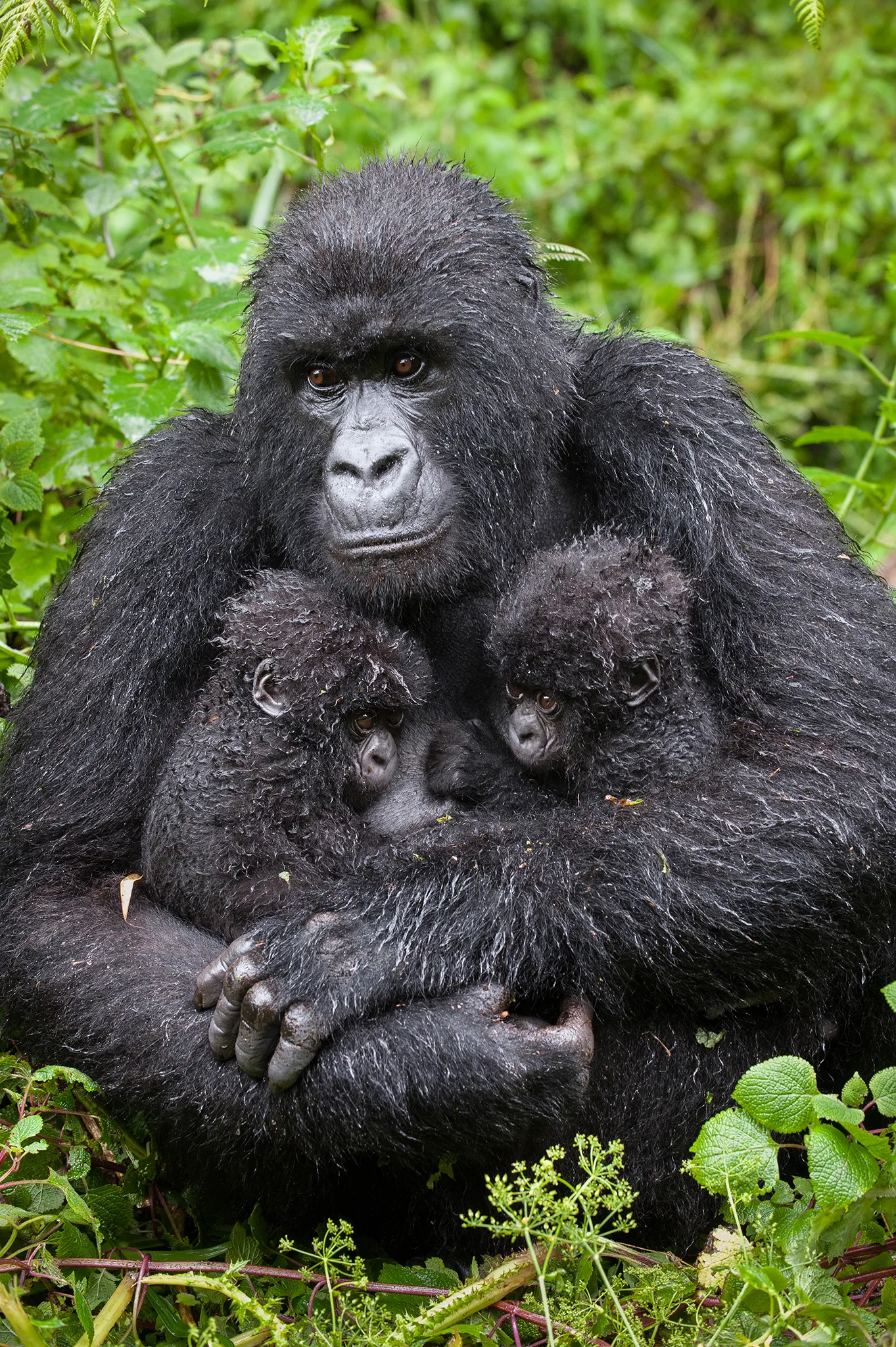
My experience meeting Kabatwa and her twins Isango Gakuru and Isango Gato was one of the greatest moments of my career. Twins among great apes are extremely rare.
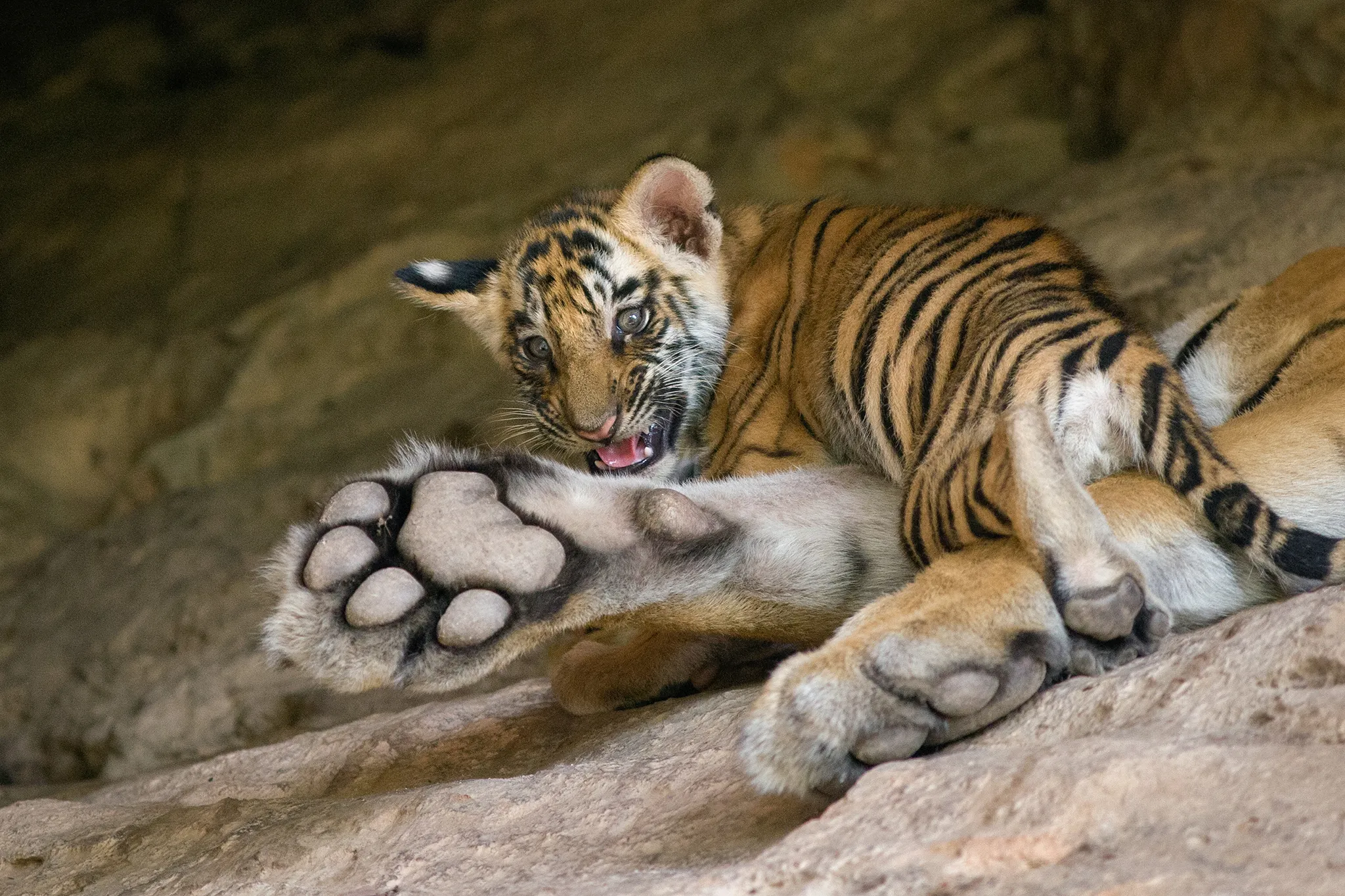
My biggest challenge working at a wild tiger den in India was getting the cubs to accept my presence. While mom is very comfortable around people, her cubs have never seen humans.
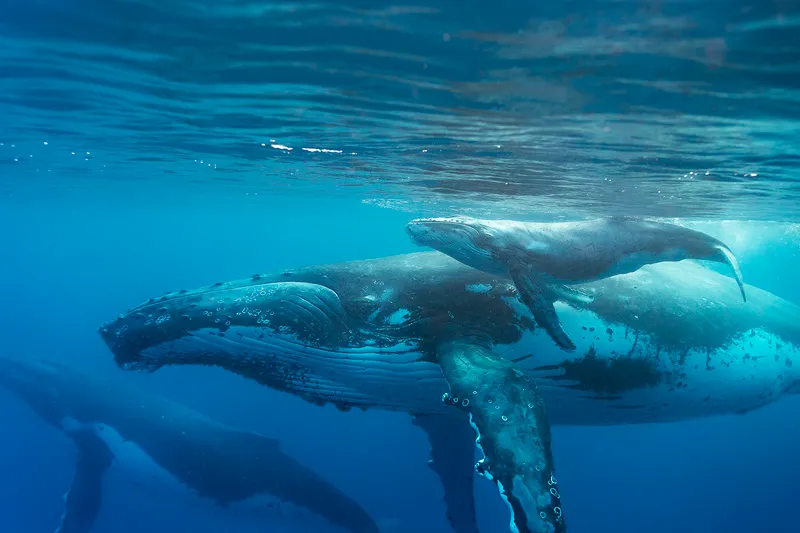
It’s hard to describe the feeling of swimming with a 40-ton intelligent mammal and its newborn. Being underwater with something so big and powerful, yet so friendly, is truly a spiritual experience.
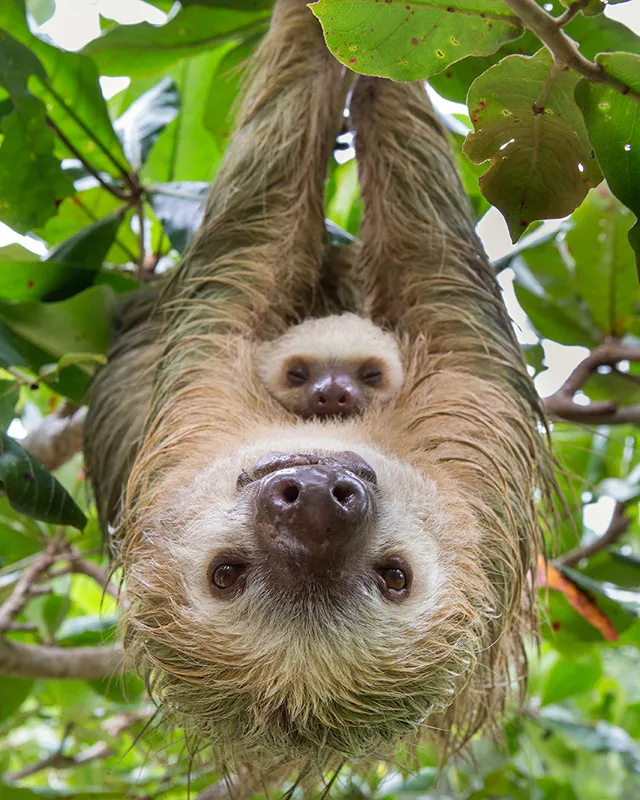
This mother and her baby sloth lost their home tree due to logging and were rescued and rehabilitated by a local sloth sanctuary. I took this photo shortly after they were released back into the wild, in an area permanently safe from logging and other forms of deforestation.
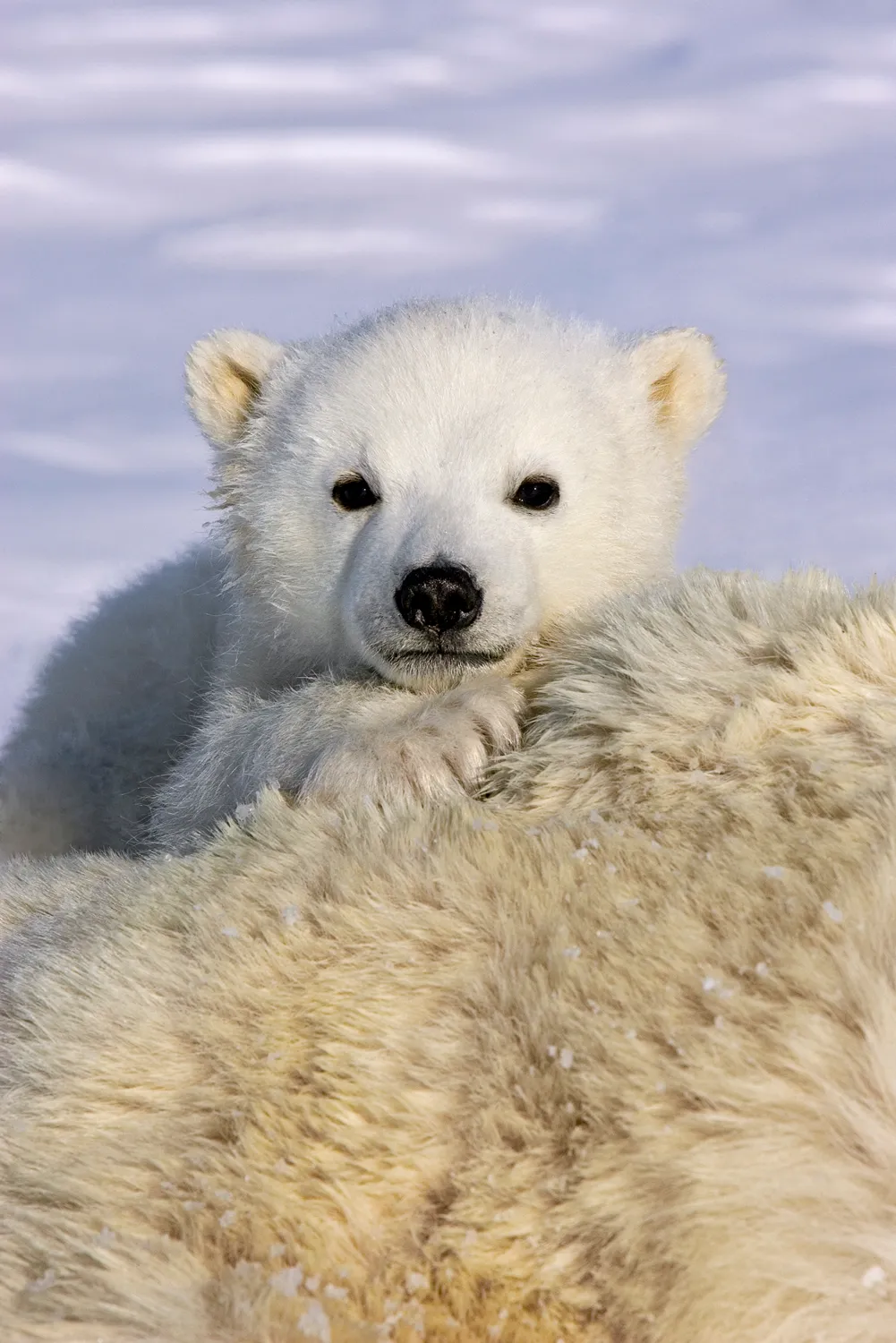
In the Canadian Arctic, I shadowed a scientist who was collecting data on the impact of climate change on polar bears. He reassured his mother to safely weigh her and take blood, hair and fat samples. Her precious cub climbed on top of her for safety.
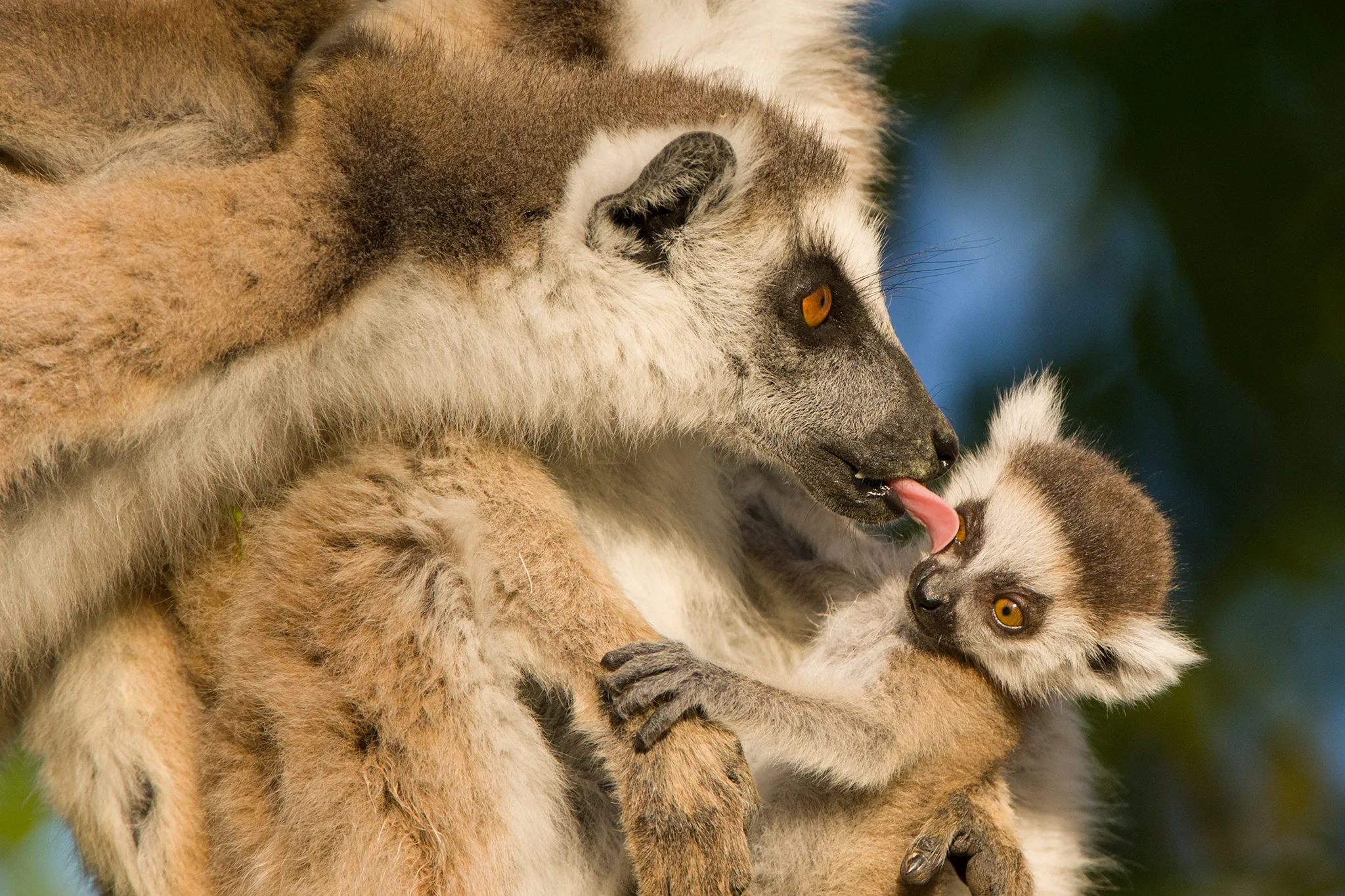
In the photo, a mother ring-tailed lemur holds her baby while another adult female grooms it. Baby seems less excited. The look on his face was priceless.
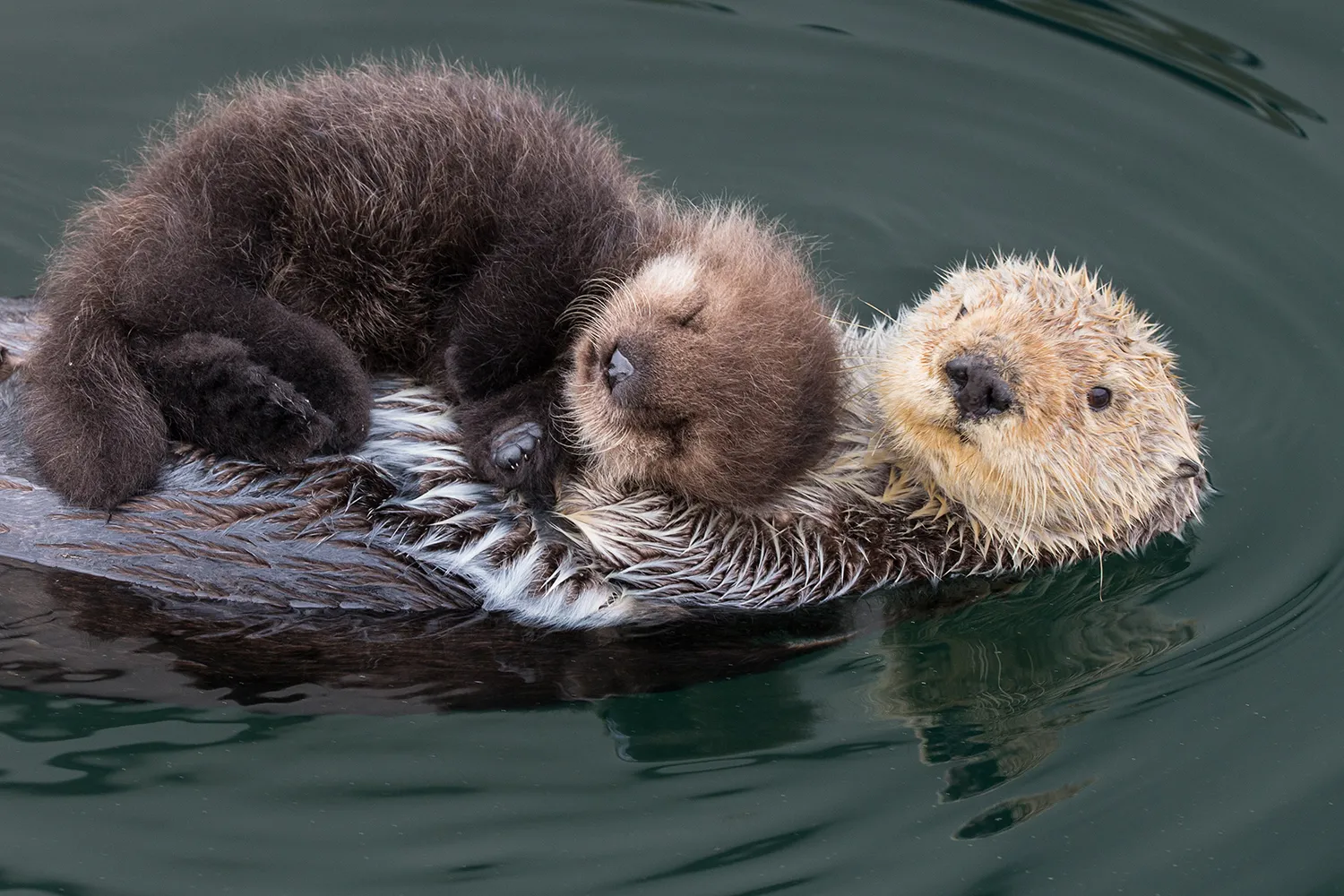
When it comes to cute animals, it’s hard to go past baby otters, as is the case with this little guy in Monterey Bay, California. His newborn fur is warm, soft and fluffy. He spends most of the day sleeping on his mother’s belly, held in her arms or groomed.
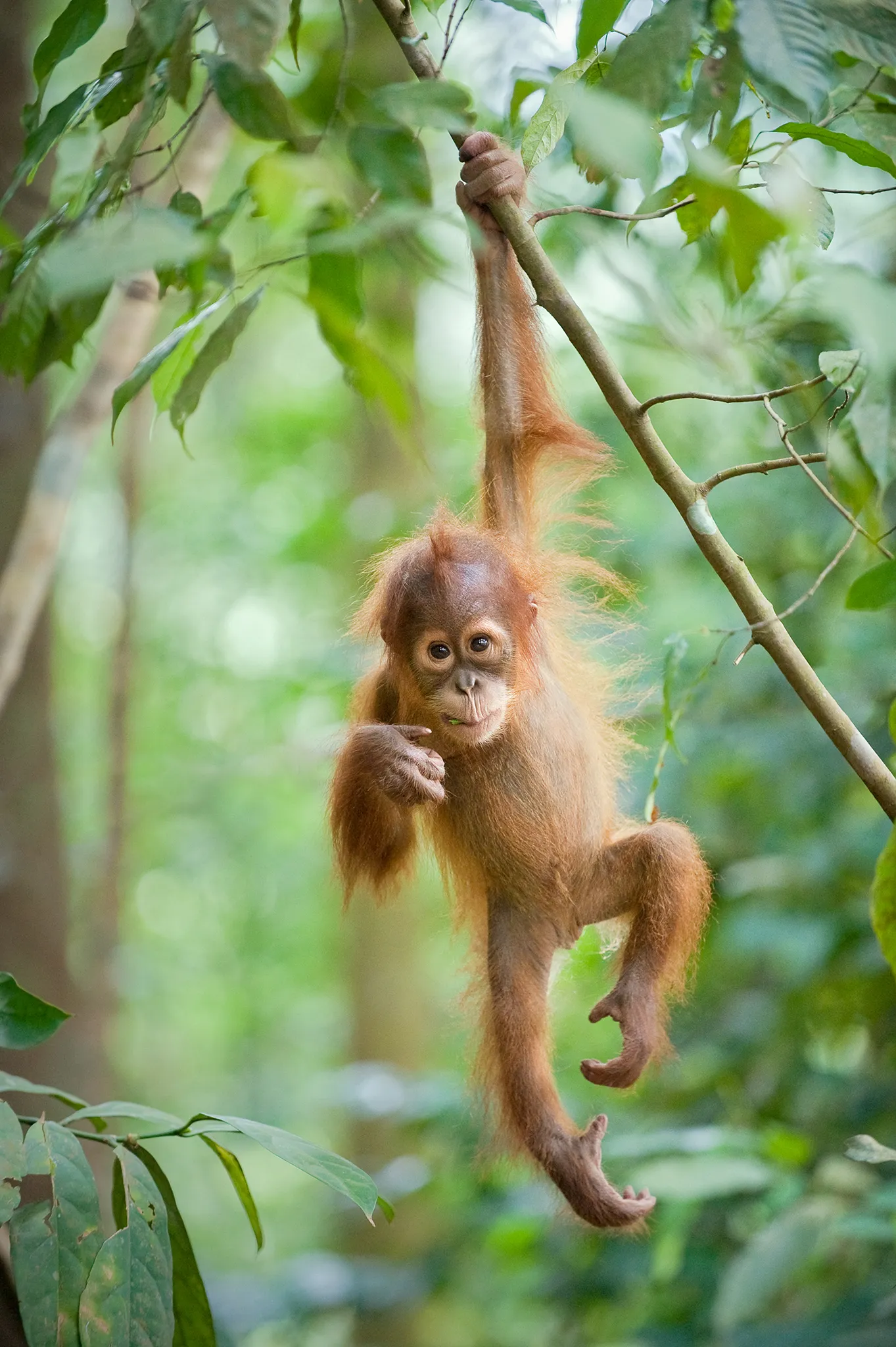
This one and a half year old Sumatran orangutan is happily playing as he swings and spins in Gunung Leuser National Park. Orangutans are critically endangered due to deforestation for palm oil. I am proud to serve as an ambassador for the Sumatran Orangutan Association.
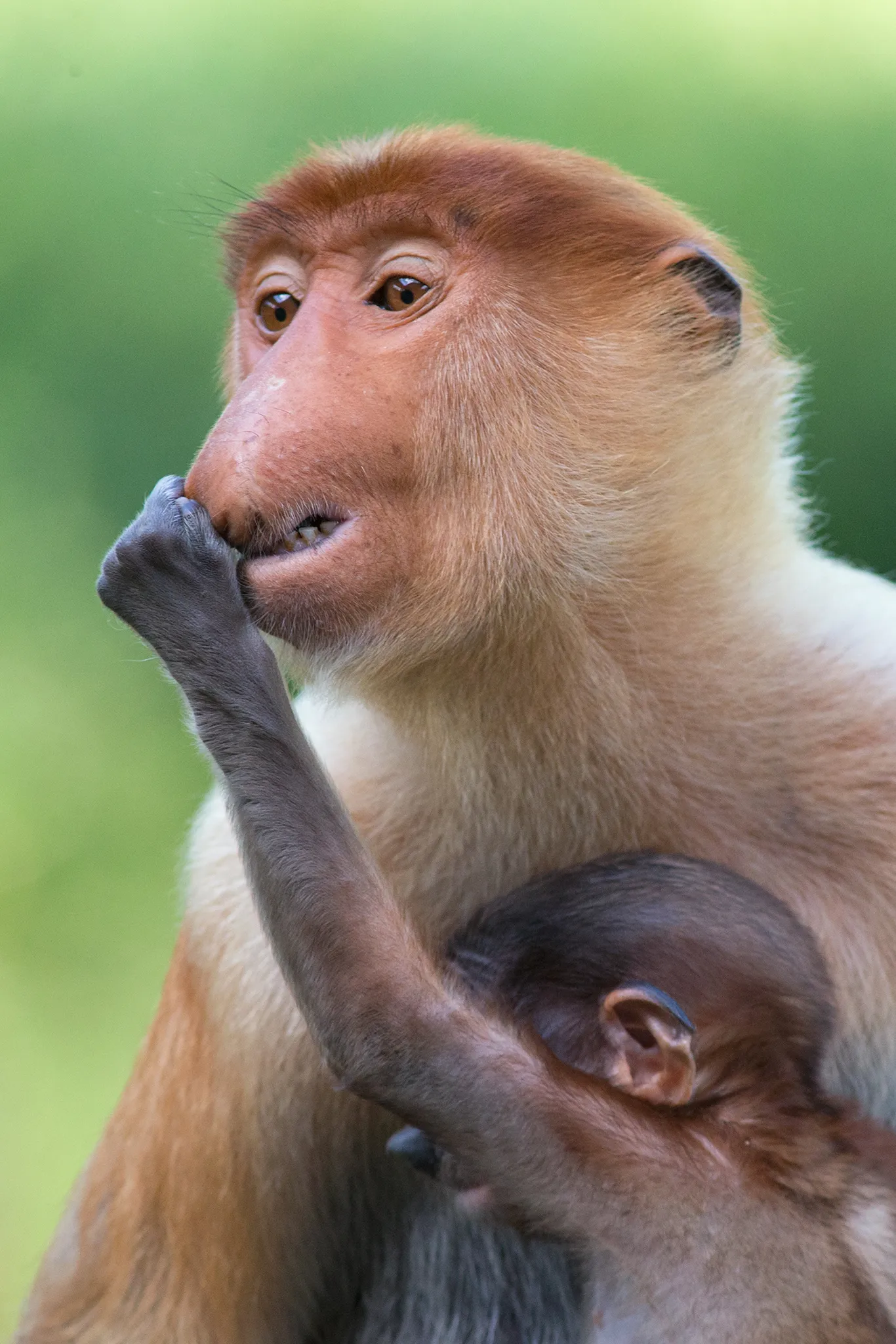
In this photo, the baby is grabbing its mother’s nose, which made me laugh because the species is named after its schnoz: the “proboscis” is the long nose of a mammal. The reason these monkeys have such big noses is due to sexual selection, meaning females think they are sexy.
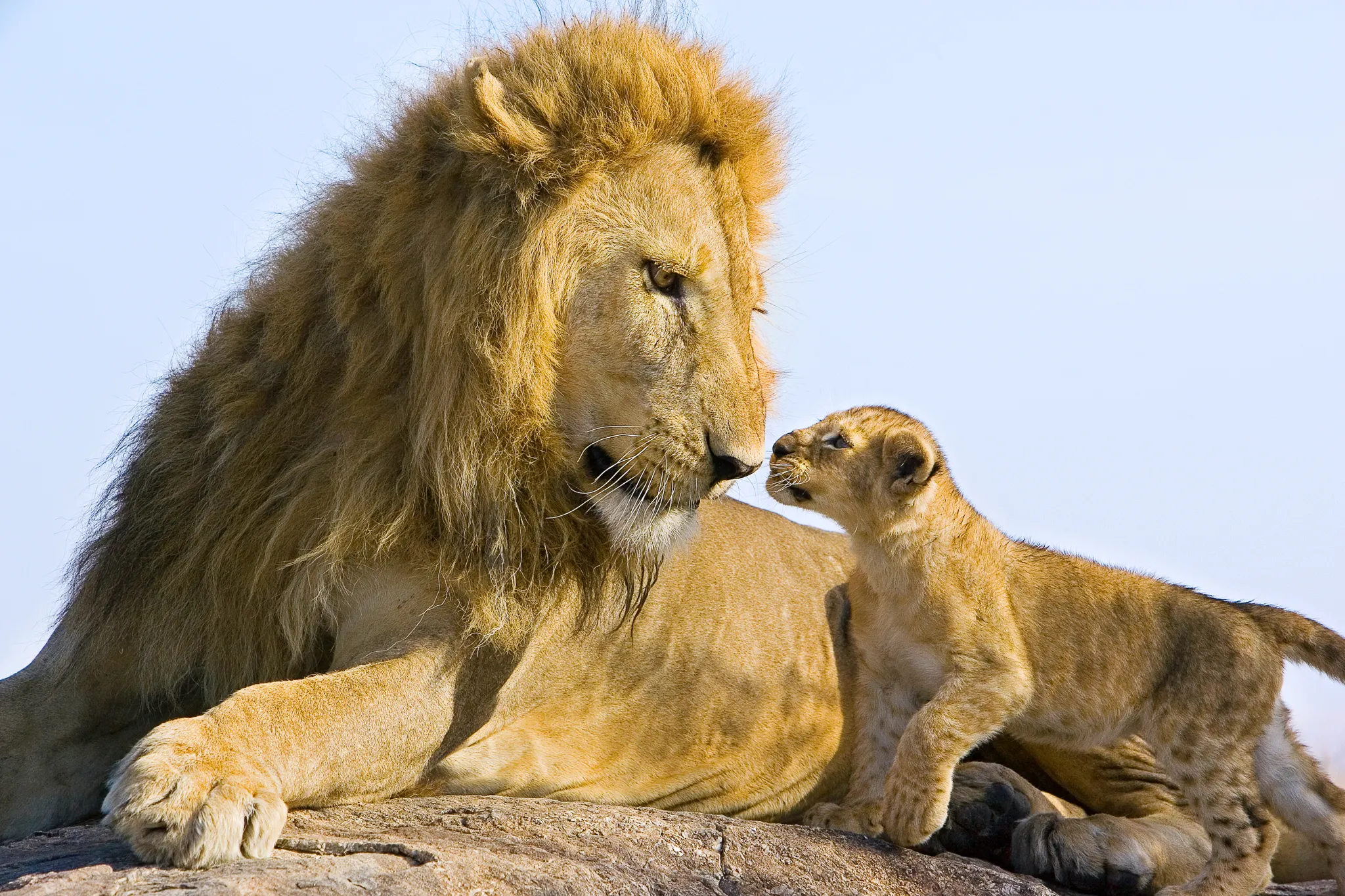
In the golden morning sunlight of the Maasai Mara National Reserve in Kenya, a lion cub meets his father for the first time. The little girl in the photo looked at her father for a moment, almost shyly, before climbing up. Her raised foot shows that she is hesitant. She needn’t have worried—Dad had already sensed her approval.
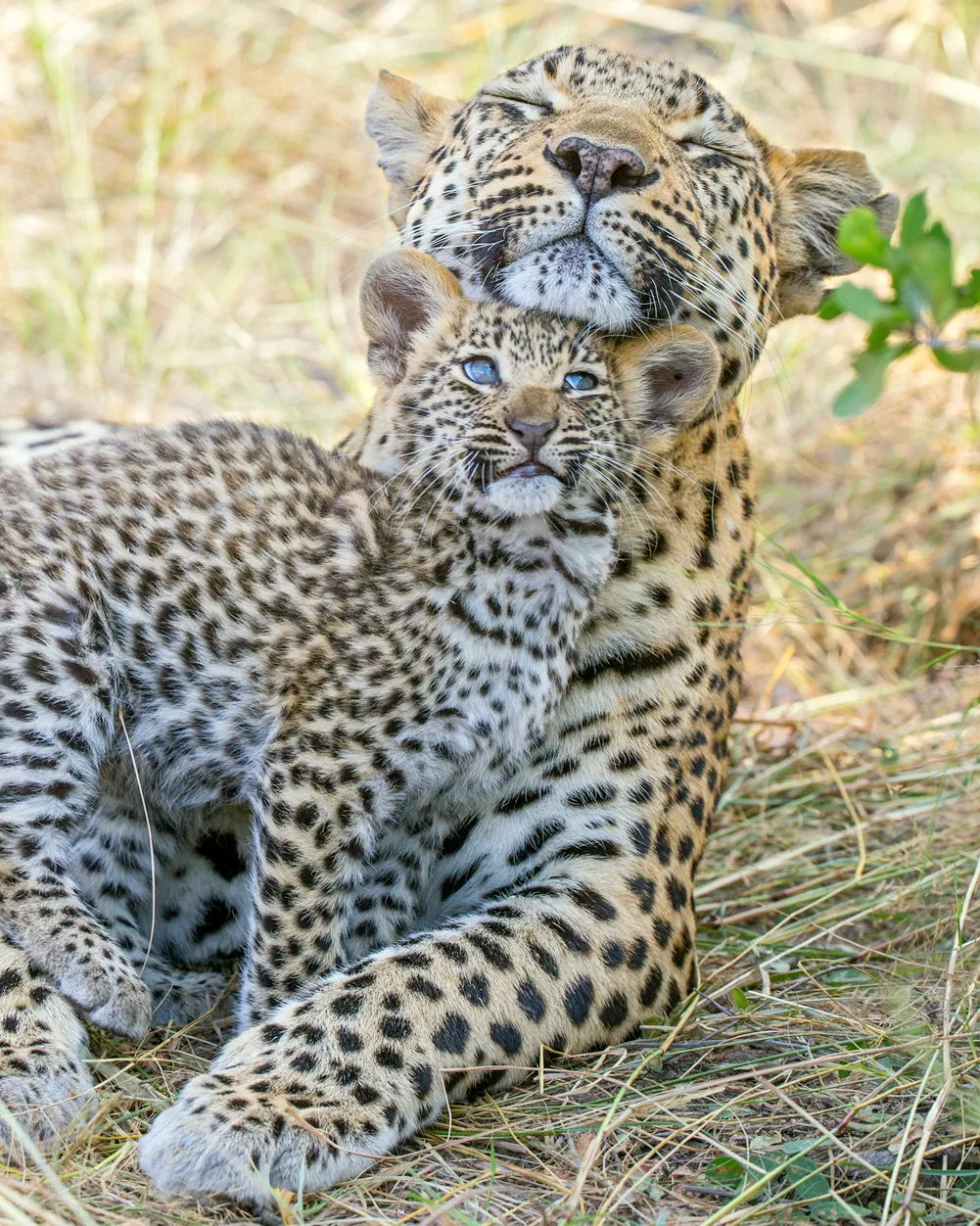
Here, a cub rubs under its mother’s chin in what I call a big cat snout. It’s a very common behavior, but in leopards, you’ll only see it between mothers and cubs because they live alone.
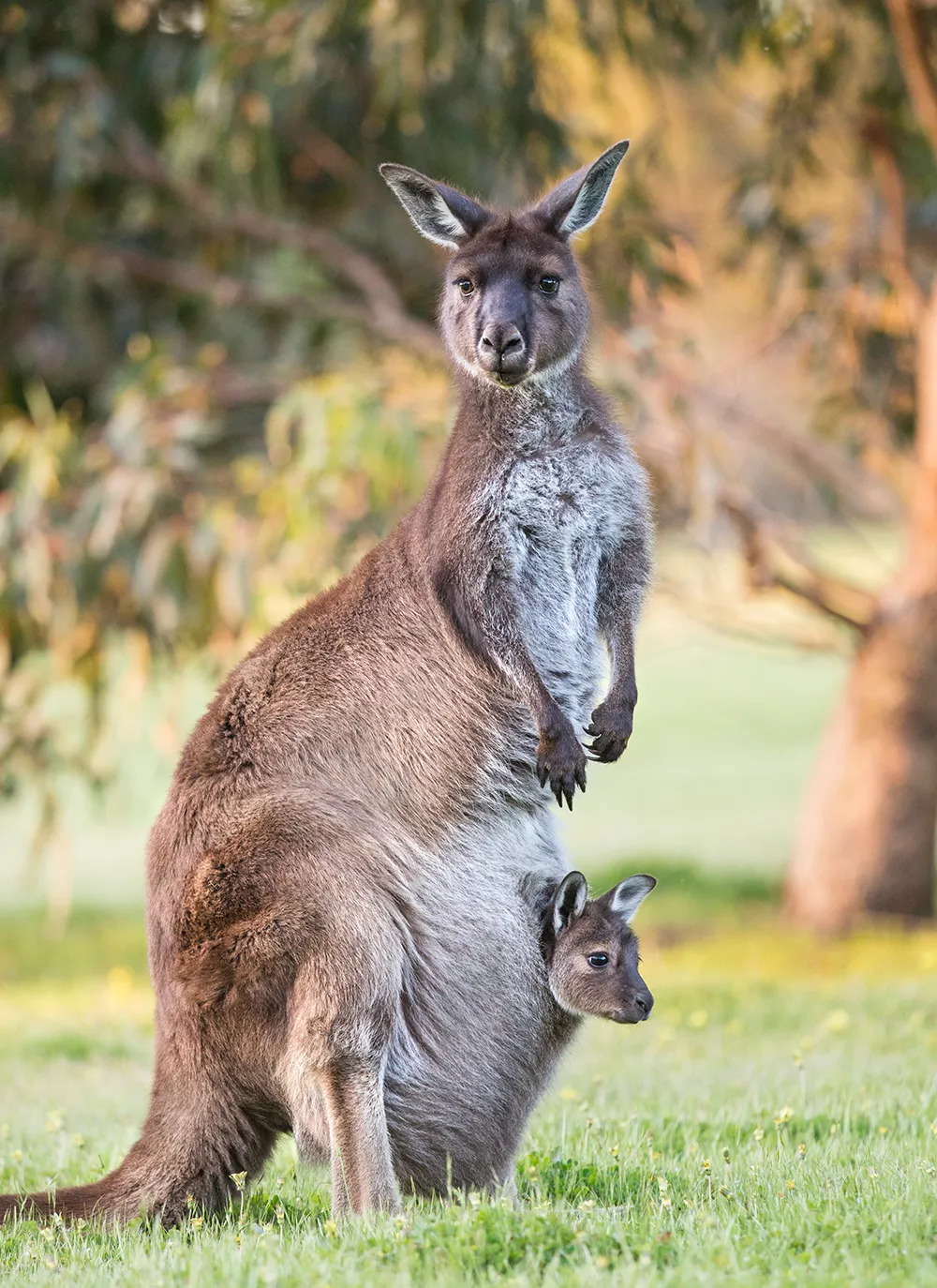
When born, kangaroos are the size of grapes; pink, hairless and blind. They live exclusively in their mother’s pouch for the first four months. This little Joey is 8 months old and although he still loves the bag, he still spends more time outside.
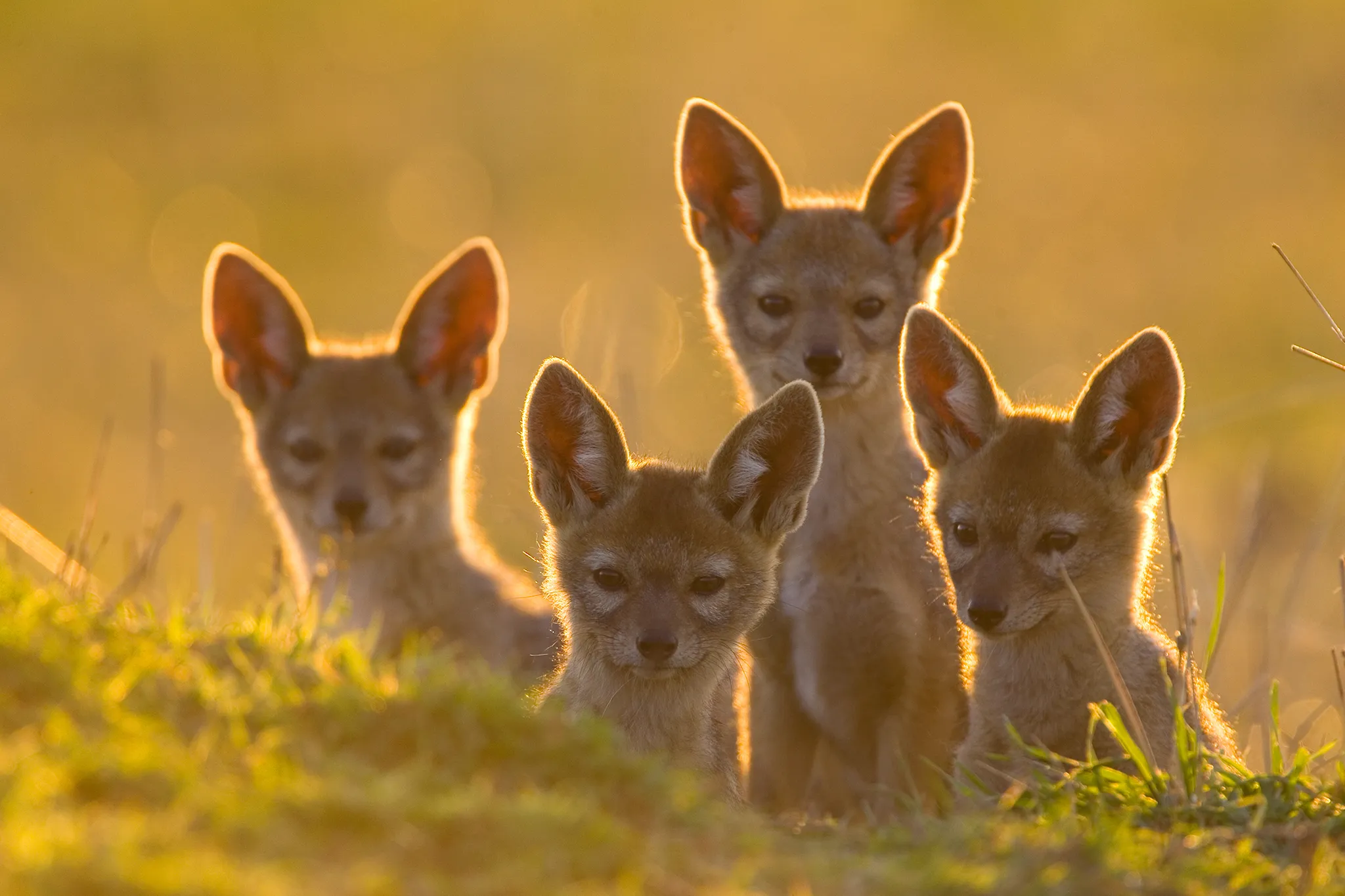
When these baby jackals are one year old, they will go looking for their mate and start a family of their own. One thing that’s really special about the jackal family is that the adult puppies don’t always run away. Sometimes they stay and help their parents raise litters for the next season.
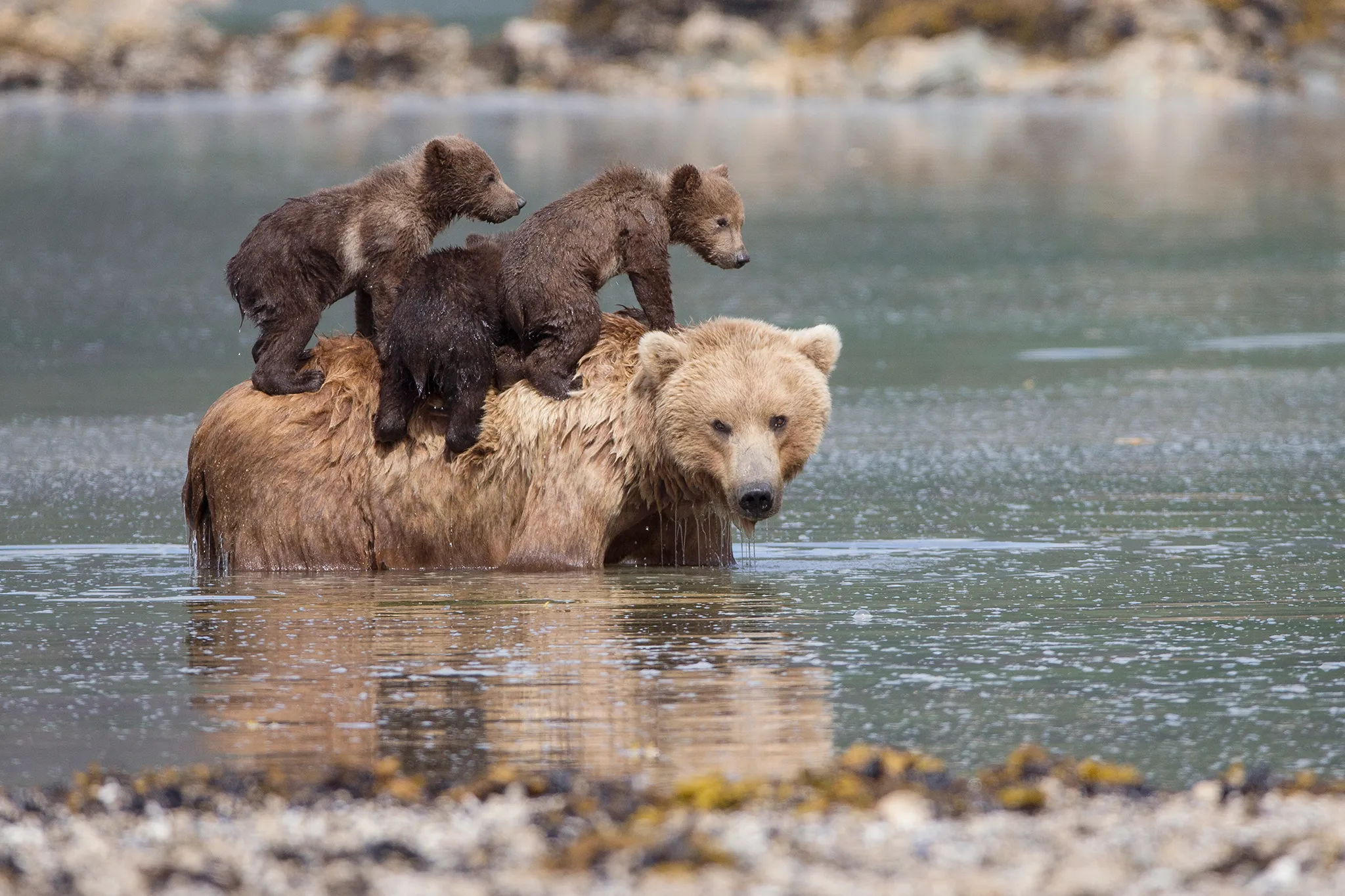
I rarely saw three brown bear cubs; singles and doubles are much more common. It was June and Mom was looking for relief. At first, the 5-month-old cubs followed her inside, then quickly climbed on her back as they began to sink in the water.
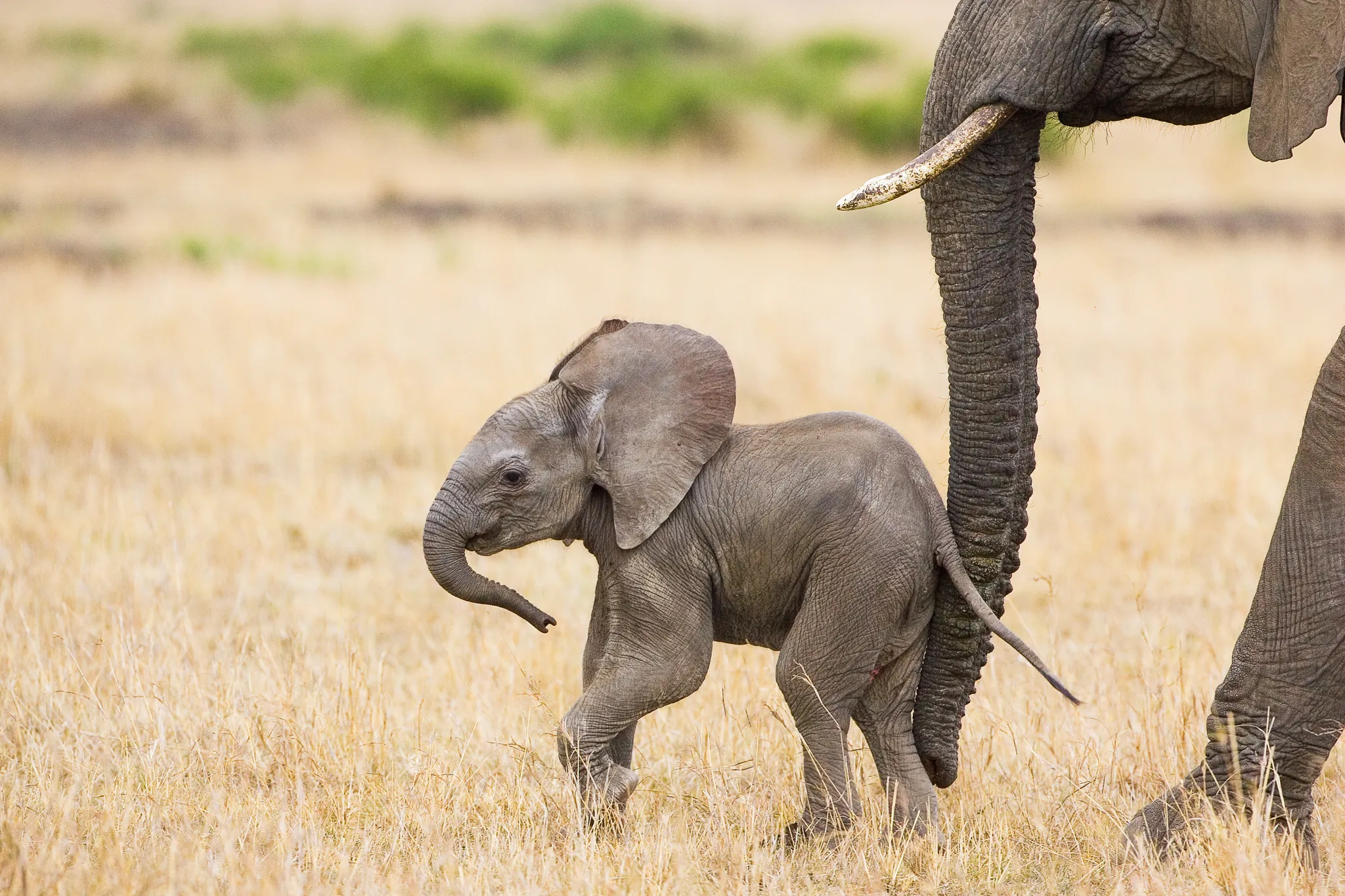
Mother elephants use their trunks to communicate with their babies, providing reassurance or, in the case of this one-month-old elephant in the Maasai Mara National Reserve, simply taking the baby along. African elephants live in matriarchal societies, and the bond between mother and calf is one of the strongest in the animal kingdom.
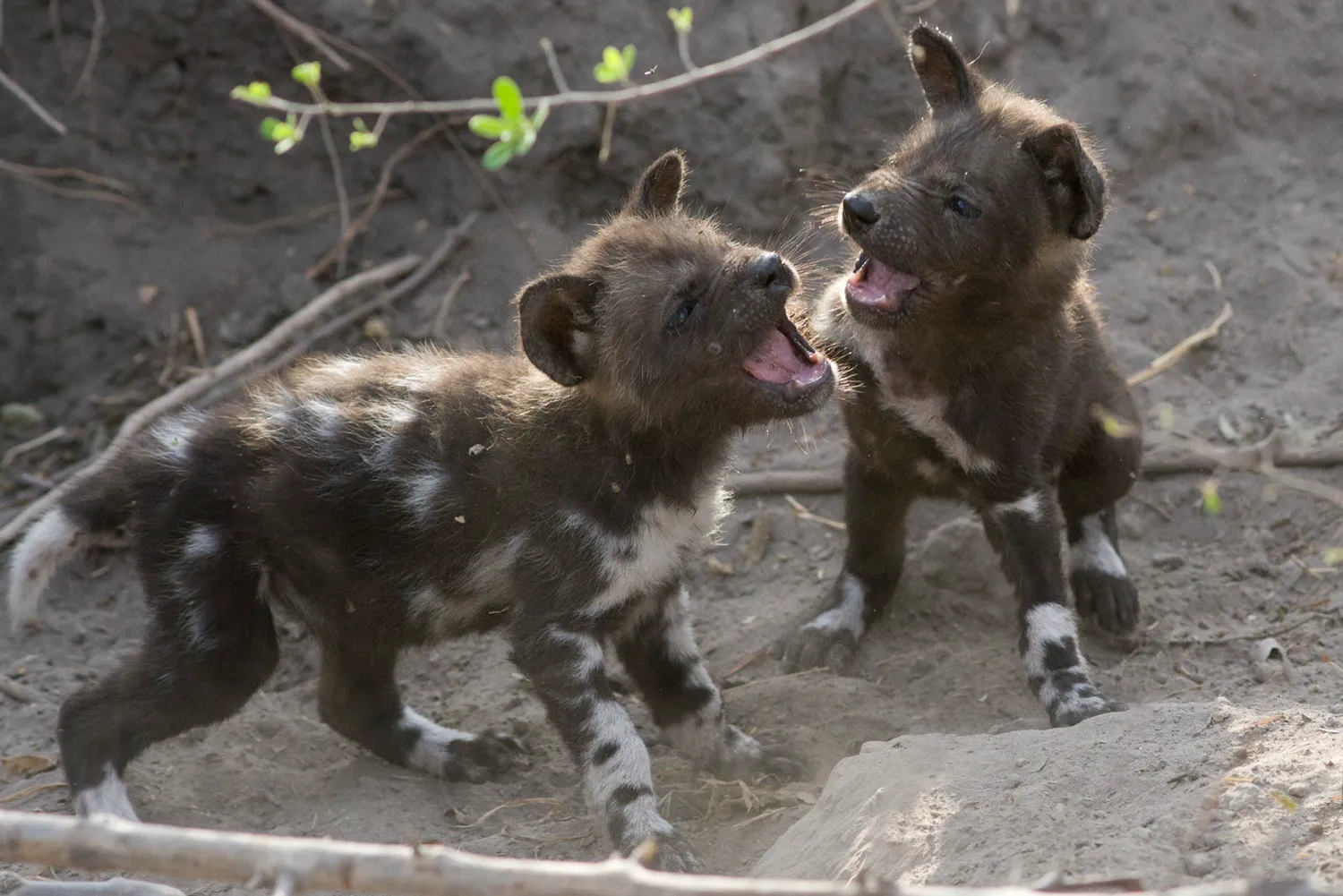
African wild dogs live in packs and are highly social, which means the puppies play endlessly. They are constantly huddled together, jumping on each other or exploring together in a small group. They are quite fun to photograph.
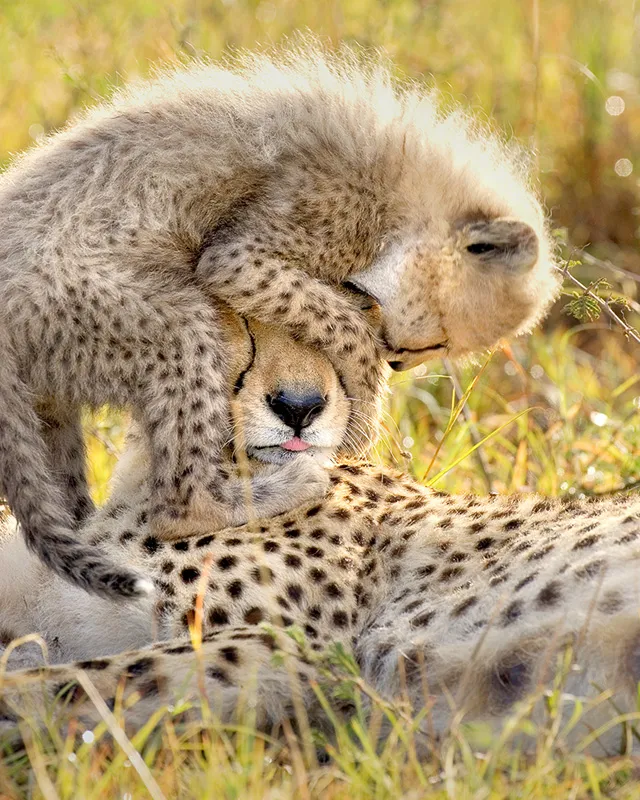
Cheetah cubs are among the most playful mammals, which means their mothers are among the most tolerant. By pouncing on his mother’s head, this 8-week-old cub is improving his hunting skills, coordination and building strength. But I think playing is also emotional – I’ve seen a lot of joy playing with small animals.
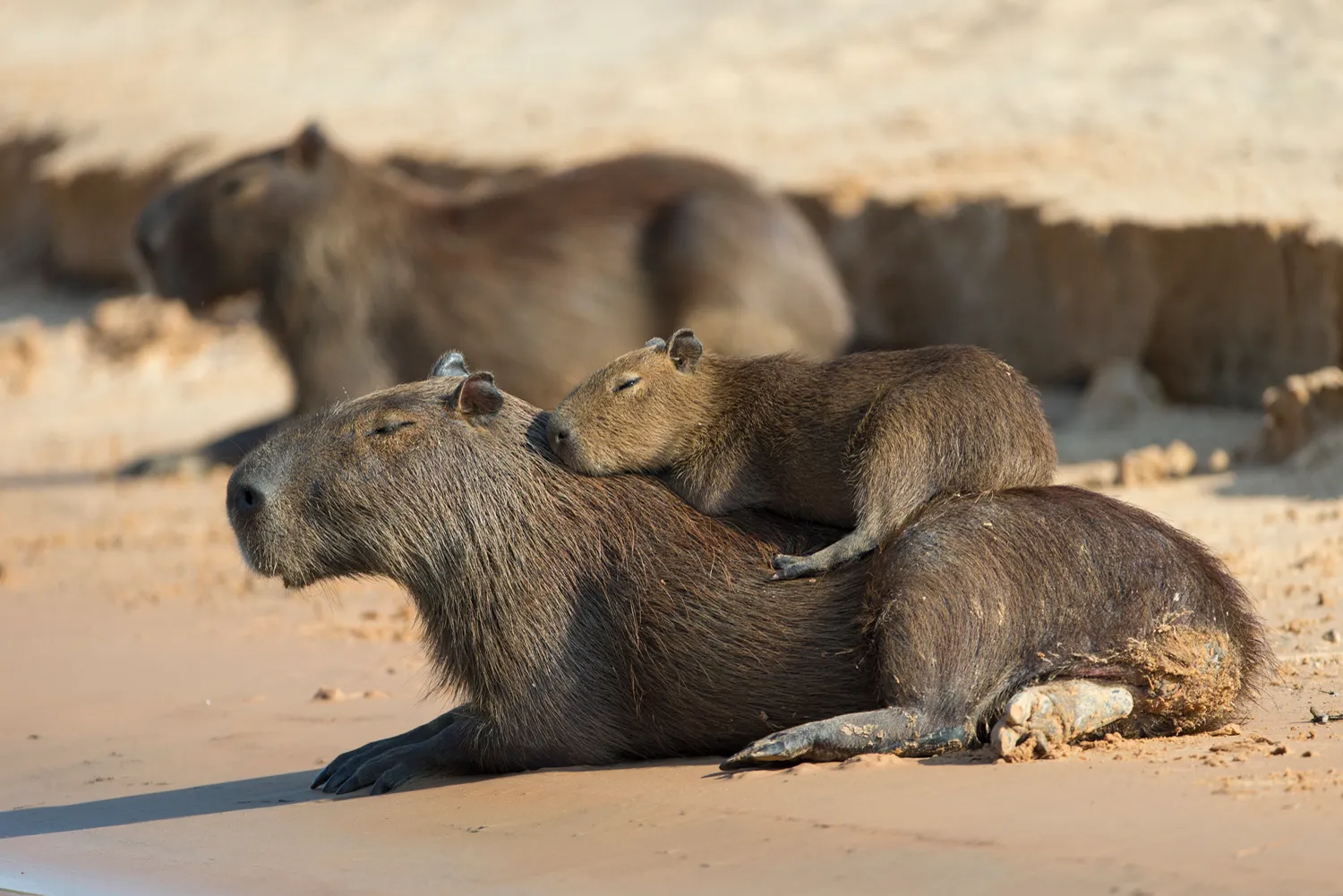
For capybara babies, it is normal to lie on or next to their mother while napping. And it doesn’t even have to be the mother: Capybaras live in groups and practice parenting, a system in which adults who are not parents help raise the young.
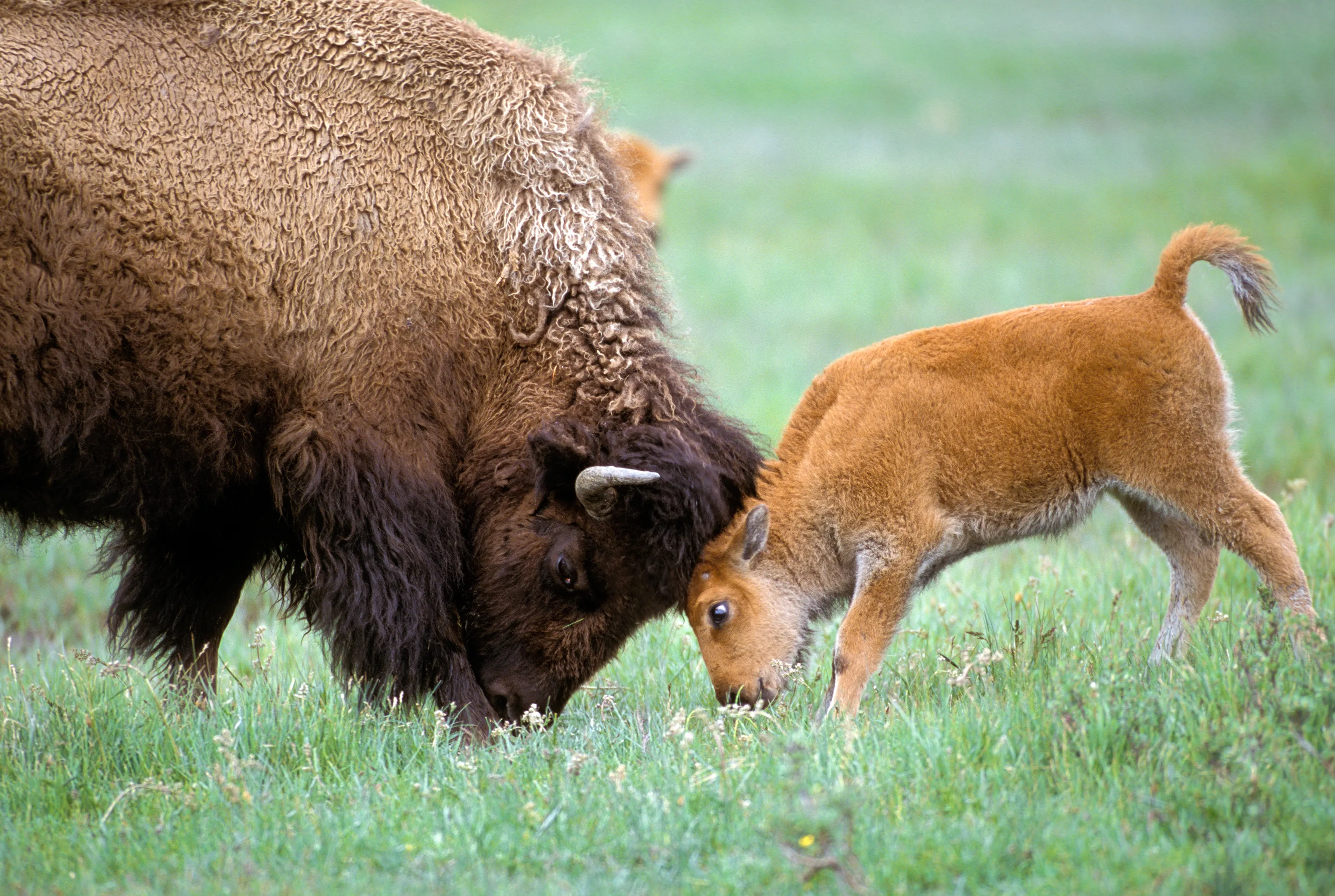
With games between children and animals, parents do not always show appreciation for the encounter. But many, like this female bison in Yellowstone National Park in Montana, are clearly enjoying themselves. Mom confronted the baby for a few minutes, which made me very happy.
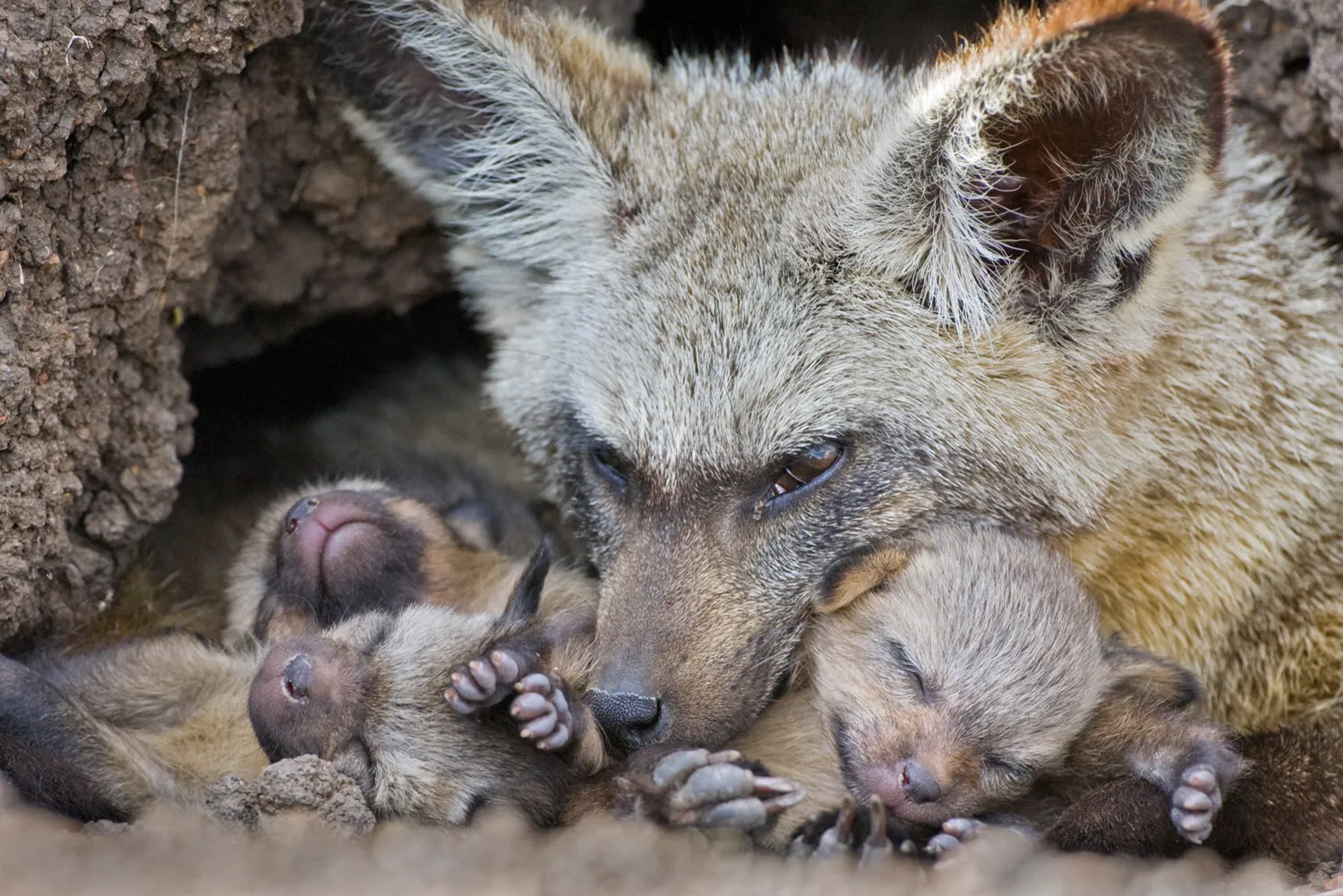
While working with a family of bat-eared foxes, I observed some interesting behaviors: Father foxes are just as involved as mother foxes in raising their offspring. In the photo, dad is holding his two-week-old babies. I have since learned that high levels of paternal attachment are typical of dogs, including jackals and coyotes.
